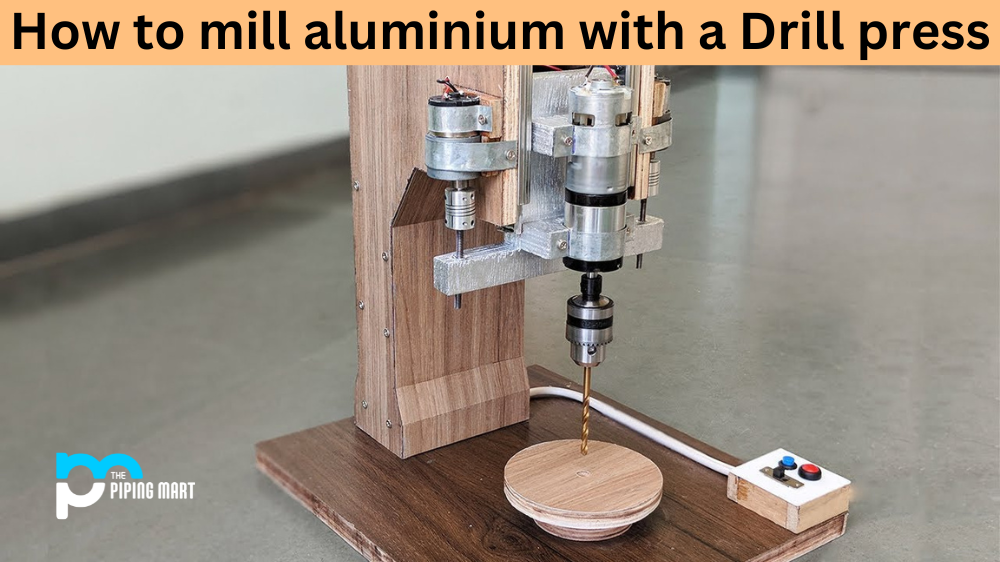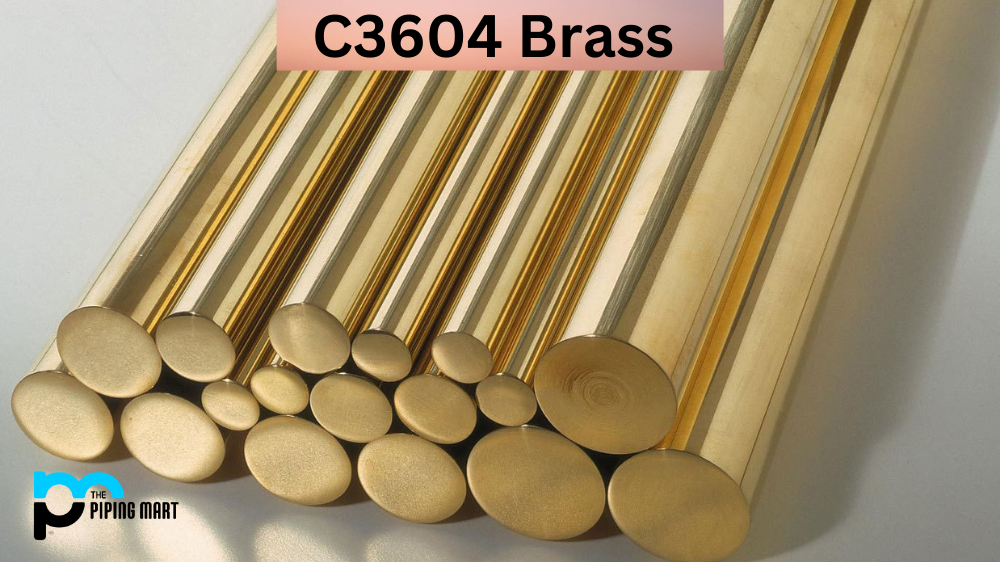Many people assume that milling aluminum with a drill press is impossible, but it’s actually quite achievable with the right skills and tools. In this article, we’ll be discussing how to mill aluminium with a drill press. We’ll provide you with an overview of the process and explain what materials and equipment you will need in order to mill aluminium correctly.
Step 1: Assemble Your Tools
Before you begin, make sure that you have all of the necessary tools on hand. You will need a drill press, an end mill bit, lubricant oil, some cutting fluid, a clamp or vice (depending on the shape of your material), and safety goggles. If you are working on round material, you may also need a rotary table or machining vice for more precise cuts.
Step 2: Secure Your Workpiece
Once your workpiece is securely clamped down or supported by the machining vice (if needed), make sure that it is level so that the bit can cut into it evenly. It is also important to note that if your workpiece is not properly secured, there is a chance that it could move during the cutting process, which could lead to an uneven cut or even injury. Make sure that all clamps are tightened well before beginning.
Step 3: Adjust Your Settings
Now it’s time to adjust the settings on your drill press for optimal performance when milling aluminium. Start by selecting a speed setting that is lower than what would be used for steel — aluminum requires slower speeds in order to prevent overheating and burning out a bit faster than usual. To get an accurate cut, set your feed rate at 0.2 inches per revolution and adjust your depth of cut accordingly — try starting off with 0.03 inches per pass at first and then gradually increasing as necessary until you get an even cut across the entire piece of material. Lastly, make sure that your coolant system (if applicable) is turned on before beginning so that chips don’t build up around the bit while it’s cutting into the aluminum workpiece — this can cause friction which can cause damage to both tools and materials, alike!
Conclusion:
With these steps in mind, anyone can successfully complete precision-milled pieces in aluminium using their own drill press! Although there are many factors involved when milling aluminium with a drill press, such as choosing the correct speed settings and feed rate as well as using proper lubrication techniques – if done correctly – you can achieve professional results without having access to expensive machinery or specialized training. So don’t be afraid – give it a shot today! Try experimenting with different settings until you find what works best for you—you might just surprise yourself! Good luck!

Pipingmart is a B2B portal that specializes in metal, industrial and piping items. Additionally, we share the latest information and information about materials, products and various types of grades to assist businesses that are involved in this business.




